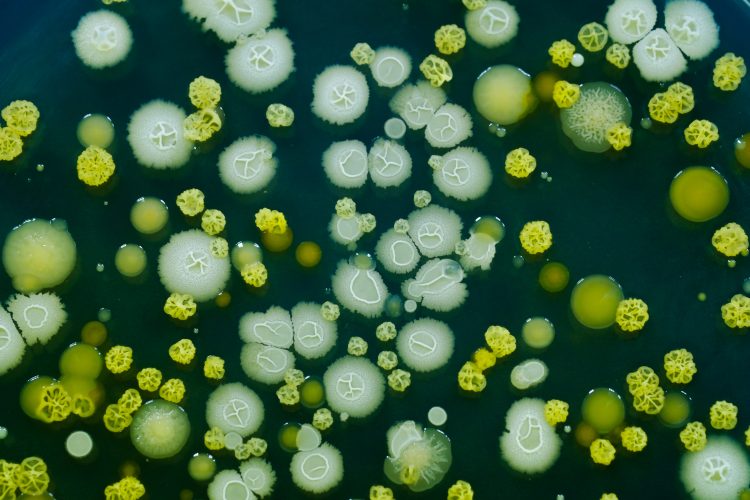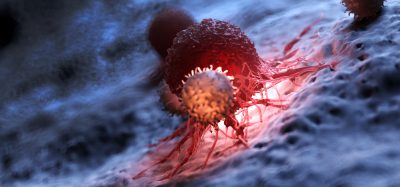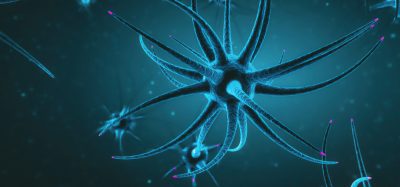New bacterial protein found to improve mitochondrial function
Posted: 10 November 2023 | Drug Target Review | No comments yet
Protein released by C. burnetti interacts with antioxidising enzyme GPX4 to prevent cell damage and death.


A bacterial protein that can maintain the health of human cells, even when they have a heavy bacterial burden, has been identified by researchers at the University of São Paulo (USP) in Brazil, partnering with Dr Hayley Newton, Professor at Monash University in Australia. This finding may result in new treatments for numerous diseases relating to mitochondrial dysfunction, like cancer and autoimmune disorders.
The scientists analysed over 130 proteins released by the bacterium Coxiella burnetii when it invades host cells and found at least one that prolonged cell longevity by acting directly on mitochondria.
MceF
The study, conducted at the Center for Research on Inflammatory Diseases (CRID), found that C. burnetii releases a previously unknown protein after invading host cells, which the authors named mitochondrial coxiella effector F (MceF). MceF interacts with glutathione peroxidase 4 (GPX4), an antioxidant enzyme sited in the mitochondria. GPX4 improves mitochondrial function by promoting an antioxidising effect that averts cell damage and death, which occurs when pathogens replicate inside mammalian cells.
Dr Dario Zamboni, Professor at the Ribeirão Preto Medical School (FMRP-USP), explained: “C. burnetii uses various strategies to prevent the death of invaded cells and multiply inside them. One is modulation of GPX4 by MceF, the mechanism we discovered and reported in this article. Reallocation of these proteins in cellular mitochondria enables mammalian cells to live longer even when they’re infected with a very large bacterial burden.”
“Reallocation of these proteins in cellular mitochondria enables mammalian cells to live longer even when they’re infected with a very large bacterial burden.”
Dr Ronson Kriiger Loterio, first author of the article which derived from his PhD research, said: “We found that its protein MceF redirects GPX4 to the mitochondria, where it acts as a potent antioxidant, detoxifying the infected cell and preventing cell components from aging, while allowing replication of the bacterium.”
Cell function
C. burnetii is the causative agent of the serious infection Q fever, a common yet infrequently diagnosed zoonosis. The bacterium causes atypical pneumonia in humans and coxiellosis in some animals, like cattle and sheep. Zamboni noted that it is well adapted to invade and control macrophages and monocytes, inhibiting the host’s infection response.
Zamboni explained: “The interest of studying this bacterium in depth lies precisely in its ability to subvert cell functions. Unlike other bacteria, which cause disease only when they multiply to reach large numbers, a single C. burnetii is enough to make a healthy person sick. So it acts efficiently to modulate the cells it invades.”
Zamboni added that another interesting aspect of C. burnetii is that it replicates in cells for about a week. Comparatively, Salmonella causes the death of host cells in under 24 hours.
“Observing C. burnetii is a good way to learn about how cells function. In the case of this study, it helped us understand how to treat mitochondrial dysfunction, and provided insights on programmed cell death in humans,” Zamboni said.
In vitro assays
The researchers performed in vitro assays and experiments using Greater wax moth larvae to analyse C. burnetti’s capacity to subvert macrophages and act directly on mitochondria. They studied over 80 new proteins from C. burnettii with the potential to interact with host cells and subvert their functioning. “We ended up focusing on MceF because it acts directly on mitochondria, which play a key role in the process of cell death,” Zamboni noted.
The team is continuing two avenues of research. The first is to gain a greater understanding of the other proteins, and the second involves biochemical studies to discover more about how MceF influences GPX4.
“We don’t need to invent a new technique. The process already occurs during the bacterium’s interaction with host cells.”
Zamboni said: “The nice thing about this research is that by investigating a bacterium we’re learning a lot about cell signalling, cell death and novel ways of reversing mitochondrial dysfunction. We don’t need to invent a new technique. The process already occurs during the bacterium’s interaction with host cells.”
This study was published in PNAS.
Related conditions
autoimmune diseases, Cancer, Q fever, Salmonella








